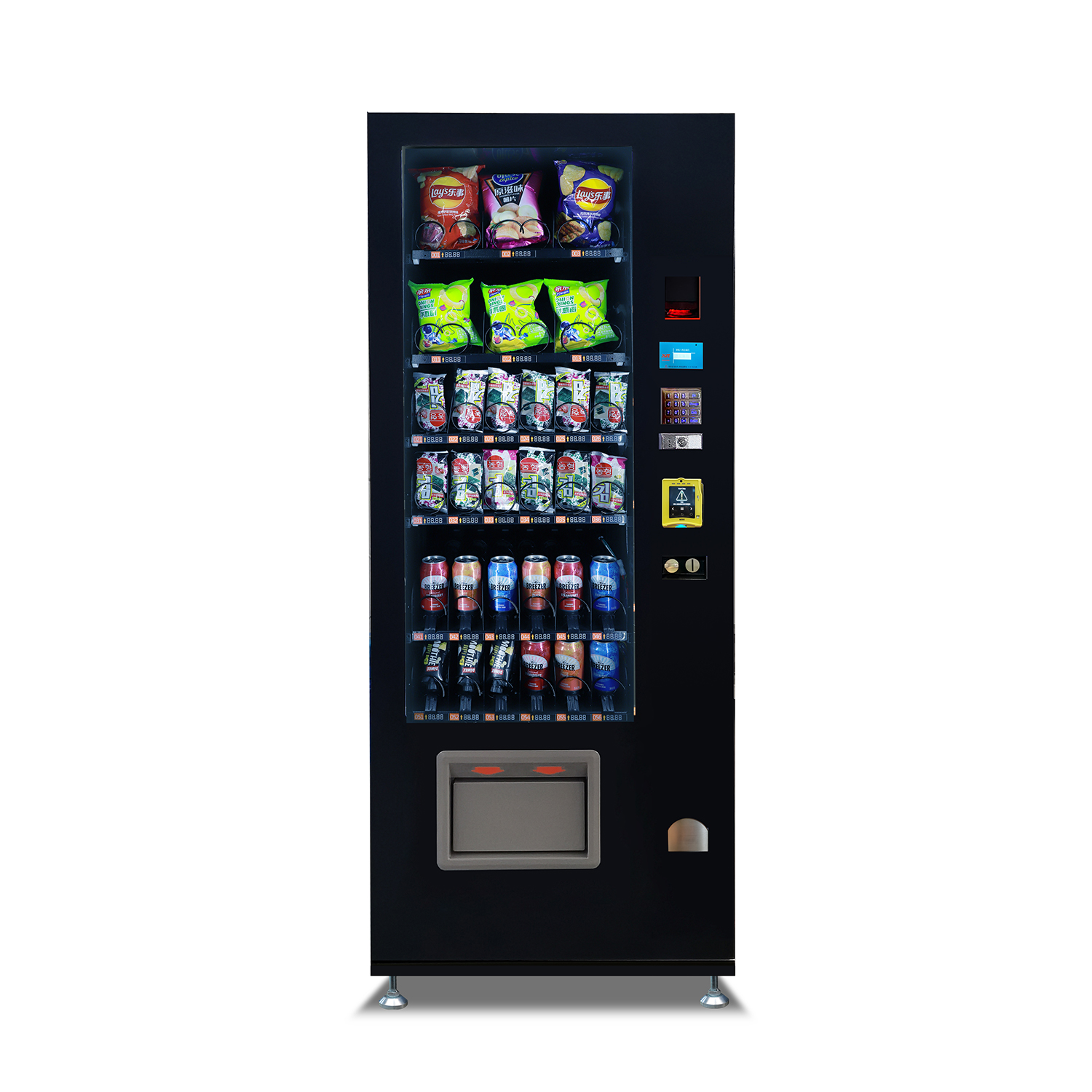The visualise of a motorbike scrapyard is often one of helter-skelter lashing of metallic element, a cemetery for machines that have met a wild end. However, a look at establishments like Motodesguace GT Motos reveals a different, more deliberate reality. This is not a burial ground; it is a vivacious of broadsheet economy, in operation with a surprising feel of calm and resolve. The work of motorbike and water scooter scrapping is a nuanced trip the light fantastic between state of affairs responsibleness, economic pragmatism, and a quieten abide by for the machines that once ruled the road.
The Unseen Green Engine
Beneath the surface of dismantling lies a considerable state of affairs missionary work. In 2024, the European Union’s End-of-Life Vehicle(ELV) Directive mandates that 95 of a fomite’s weight must be reusable or reclaimable. Specialized scrapyards are the frontline warriors in achieving this. At GT Motos, the work on is organized: fluids are meticulously tired and refined, batteries are distributed for specialized recycling, and tires are sent for repurposing. This orderly deconstruction prevents an estimated 50 liters of unsafe fluids per cycle from dirty soil and irrigate, transforming potential pollutants into raw materials for desguace motos San Sebastián de los Reyes industries.
- Fluid Reclamation: Engine oil, pasture brake unstable, and are captured and refined.
- Metal Sorting: Frames and engines are separate for high-quality trash metallic element.
- Component Salvage: Undamaged parts are cleaned, tried, and offered for resale.
Case Study: The Urban Commuter’s Second Life
Consider a 2018 Vespa water scooter, a victim of a tike frame-bending hit deemed a add loss by policy. Instead of being rough whole, it arrived at GT Motos. The disassembly team with kid gloves removed its pure 300cc , which was sold to a shop rebuilding a customer’s sea scooter. The look suspension assembly, wheels, and complete whole number- were all salvaged. Within weeks, these parts were helping other scooters stay on the road, reducing the for new manufacturing and providing affordable resort options for owners. The sea scooter’s core identity was dispersed, but its functional bequest continuing across the city.
Case Study: The Classic Cafe Racer’s Organ Donation
A 1980s Yamaha XS650, a cafe racer see, was uninhibited with a taken engine. For a preserver, determination authentic parts can be a incubus. This bike became a”donor” at the scrapyard. Its picture gas tank, untainted by time, was purchased by a collector in Germany. The hard-to-find side covers went to a detergent builder in the UK. The front drum brake forum revitalized a bike in a local service department. This case highlights how scrapyards answer as material archives for outdated parts, retention vintage dreams sensitive long after functionary provide irons have dried up.
A Hub for Community and Hobbyists
Beyond the situation and economic data, the lax atmosphere of a sacred cycle scrapyard fosters a unique . It is a terminus for DIY mechanism, usage bike builders, and time of origin enthusiasts. Unlike the sterile see of a franchise parts counter, these spaces promote discovery and . A visitant might find the exact mirror they need and also receive advice from a veteran technician on how to set up it. This human being the of cognition and rage is an intangible asset yet vital part of the scrapping , ensuring that the spirit of riding endures even as somebody machines are old.


